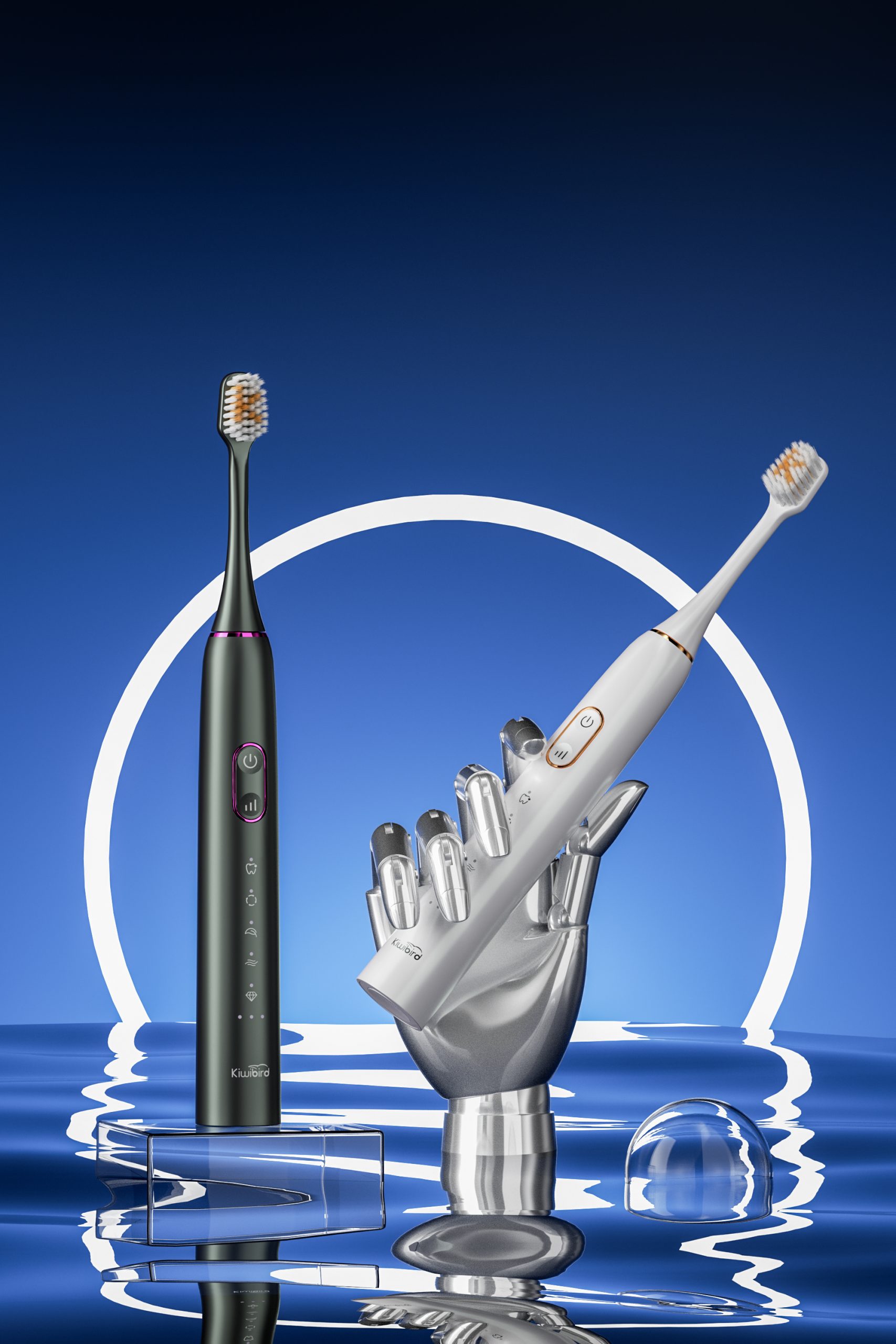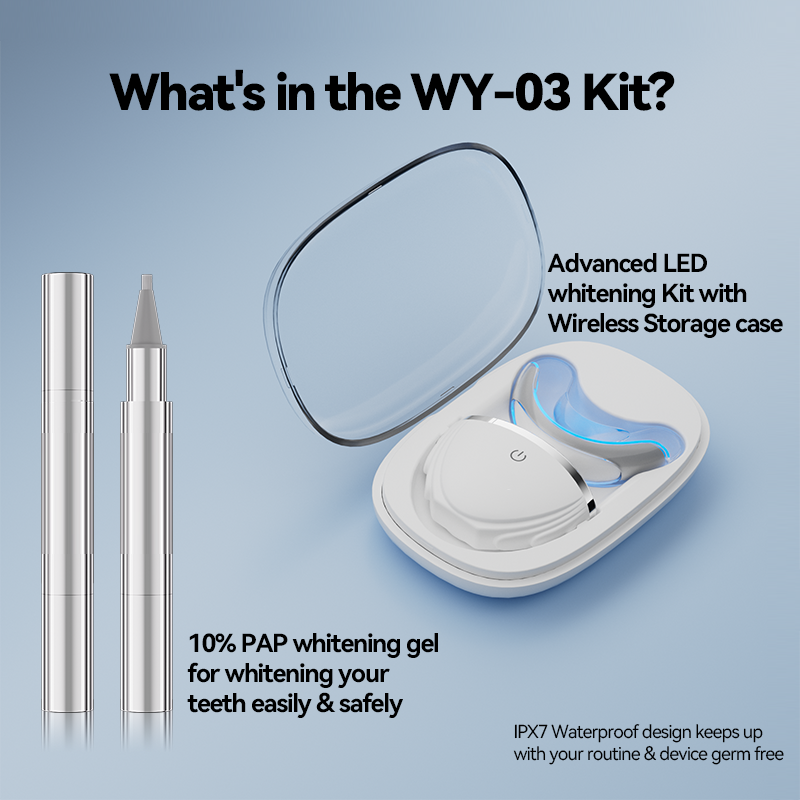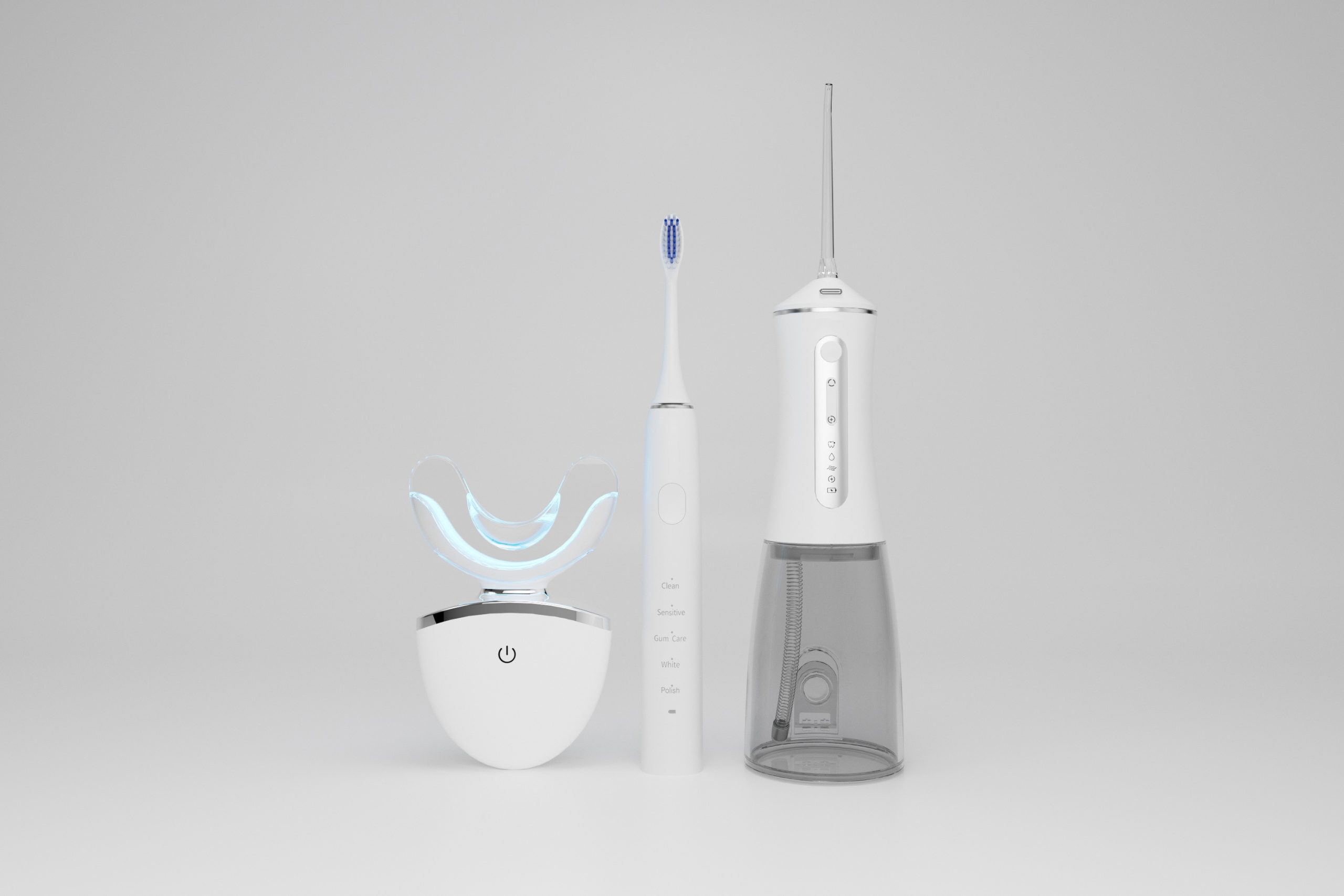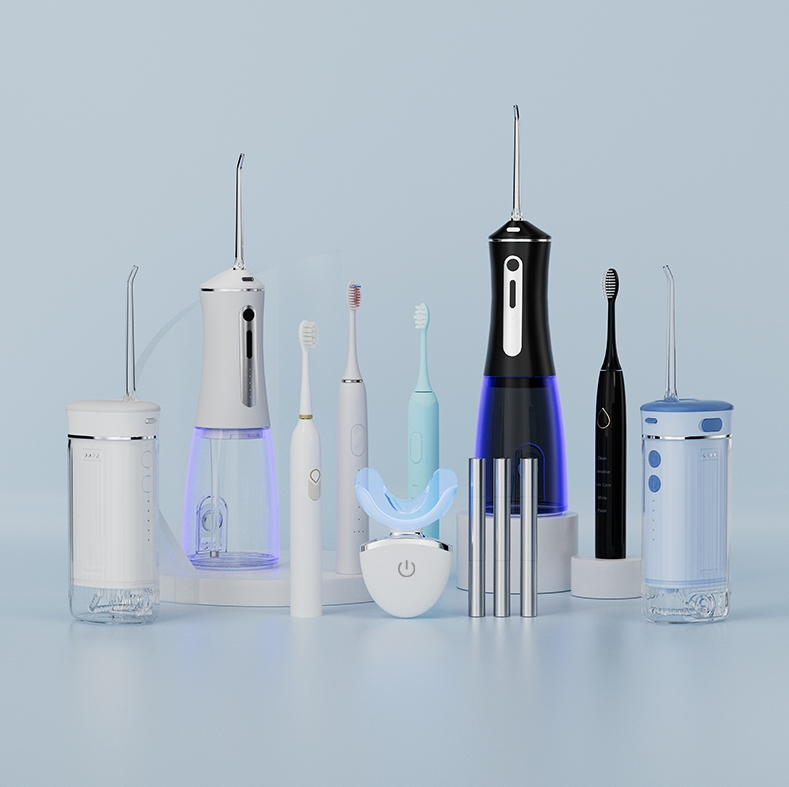With the increasing integration of smart technologies into oral care, the Children’s Cavity Prevention Brush has gained popularity among parents and OEM clients for its promise of real-time brushing guidance via mobile apps. However, as connectivity expectations rise, concerns over App Connectivity flaws are becoming more prominent. Are these flaws minor inconveniences, or do they affect the brush’s overall cavity prevention performance?
Modern Children’s Cavity Prevention Brushes are no longer just about soft bristles or ergonomic handles—they now include Bluetooth modules that link to mobile applications. These apps track brushing time, provide gamified routines, and give parents insights into brushing habits. Hence, stable App Connectivity is not just a feature—it’s a core functionality for user engagement and educational reinforcement.
Some users report that the app randomly disconnects, fails to sync data, or shows inaccurate brushing records. These issues can lead to loss of habit-tracking accuracy, ultimately diminishing the brush’s ability to effectively support cavity prevention. For B2B buyers, repeated App Connectivity flaws could trigger increased return rates and lower customer satisfaction.
There are several possible technical causes:
Children rely on consistent interactive feedback to maintain proper brushing habits. When App Connectivity fails, the educational and behavioral reinforcement loop breaks, which may result in children skipping sessions or brushing ineffectively. This ultimately contradicts the objective of a Children’s Cavity Prevention Brush, reducing its perceived value.
For B2B clients, ensuring stable App Connectivity starts with choosing partners who offer:
To avoid App Connectivity complaints from downstream consumers, brands and OEM buyers should prioritize:
Looking for a reliable smart toothbrush supplier with proven Bluetooth integration?
POWSMART’s OEM/ODM services ensure end-to-end stability—from circuit to app. Contact us
-300x300.jpg)
-300x300.jpg)
.jpg)
Best Smart Toothbrush Features for Bulk Buyers: A Supplier’s Guide

How Do High-Quality Electric Toothbrushes Enhance the Brand Image of Oral Care?

Ultra-Quiet Sonic Toothbrush Manufacturing: <60dB Technology

Powsmart: Leading Smart Electric Toothbrush Manufacturer & Supplier
How Does Cold Light Wavelength Affect Bleach Decomposition?

Cost Structure Analysis and Risk Avoidance of Small Batch Trial Production for Whitening Teeth Devices

Deep Clean Interdental Electric Toothbrush Manufacturing Solutions

OEM of Teeth Whitening Device: A Complete Solution from LOGO Printing to Light Wave Mode Customization

Wholesale Smart Electric Toothbrushes: Bulk Order Advantages
Why Does Poor Cleaning Leave Fiber Residue?

Does Black Electric Toothbrush ODM Face Handle Corrosion?

How to Find an Electric Toothbrush Factory with Strong Comprehensive Capabilities
Oral Microbiome Impact from Color Relapse?

Does Space-Saving Flosser Combo Cause Pulse Inconsistency?

The Advantages of the Brush Head Subscription Service for Oral Care Brand Growth
Why Is Allergen Testing Critical for Post-Whitening Diets?

electric toothbrush heads Deep Clean
.jpg)
Florida Electric Toothbrush – Powsmart PTR-C8

Customization Teeth Whitening Gel

electric toothbrush heads Ultra Soft

electric toothbrush heads Charcoal Infuse-Round

Private Label Whitening Gel

electric toothbrush heads Regular Clean

Electric toothbrush heads Charcoal Infused-Diamond
whstapp
whstapp
National Toll-Free Service Hotline
+86 755 86238638